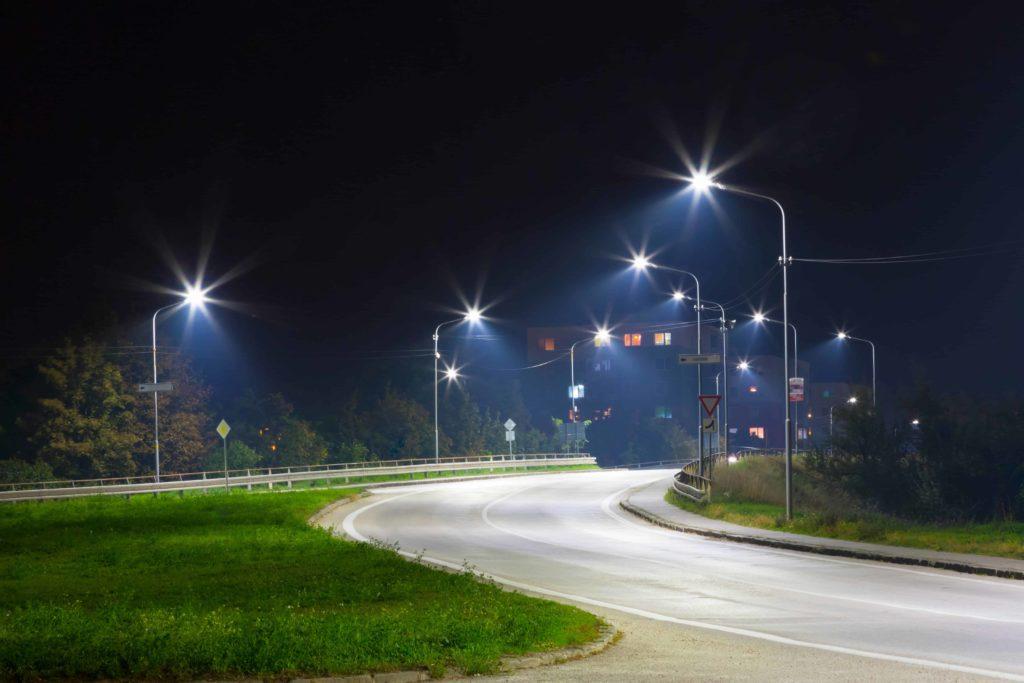In the realm of architecture, where form meets function, the spotlight is often on the grandeur of structures and the precision of design. However, in the subtle dance of light and shadow, outdoor lights and street lights play a pivotal role, transcending their practical purposes to become integral elements of architectural artistry.
Spot Lights: Illuminating Architectural Elegance
Spot Lights, those focused beams of light that draw attention to specific features, are the unsung heroes of architectural design. Far beyond their utilitarian function of providing illumination, spotlights wield the power to accentuate the elegance of architectural elements. Whether highlighting the intricate carvings on a historical facade or casting a dramatic glow on a modern sculpture, spotlights serve as the curator’s brush, painting with light to bring out the nuances of the architectural masterpiece.
Consider a classical building adorned with ornate columns and intricate reliefs. Under the spotlight’s careful gaze, the details emerge, transforming the structure into a captivating narrative etched in light and shadow. Modern architecture, with its clean lines and minimalist aesthetics, benefits equally from spotlights. The interplay of light on glass facades or the strategic illumination of geometric shapes adds depth and dimension to contemporary designs.
Street Lights: Guiding the Nighttime Symphony
While spotlights focus on individual elements, street lights orchestrate the nighttime symphony of urban landscapes. Beyond their role in providing safety and visibility, street lights contribute rhythm and harmony to the nocturnal cityscape. A well-designed street lighting system can transform an ordinary street into a nocturnal masterpiece, captivating passersby and residents alike.
Street Lights are not mere functional fixtures; they are sculptors of urban ambiance. The warm glow of antique-style street lamps can infuse a neighborhood with a nostalgic charm, evoking the romance of a bygone era. On the other hand, sleek and modern street lights lining a boulevard can create a futuristic atmosphere, turning the mundane act of walking into a journey through time and space.
Wall Lights: A Canvas for Architectural Expression
As architecture evolves, so does the canvas for artistic expression, and wall lights emerge as a versatile medium. Mounted on building exteriors, these wall lights are not just sources of illumination; they become integral components of the architectural narrative. Wall lights play with textures, colors, and shadows, turning a plain wall into a dynamic and engaging visual experience.
The strategic placement of wall lights can alter the perception of space, adding depth and drama to architectural features. A simple brick wall, when bathed in the right light, transforms into a textured masterpiece, revealing nuances that daylight conceals. Wall lights are the magicians of architecture, subtly manipulating the viewer’s perception and enhancing the overall aesthetic.
Outdoor Lights: Embracing Nature’s Canvas
Beyond the confines of buildings, outdoor lights extend their artistic reach to the natural landscape. Gardens, parks, and outdoor spaces become blank canvases waiting to be painted with light. Well-designed outdoor lighting can highlight the beauty of nature, turning a simple tree into a majestic silhouette or transforming a serene pond into a shimmering mirror under the moonlight.
The interplay between outdoor lights and nature is a delicate dance that requires a nuanced understanding of both elements. Soft, diffused lighting can create a tranquil atmosphere, allowing nature to take center stage, while bold, directional lights can emphasize specific features, adding a touch of drama to the outdoor tableau.
The Intersection of Form and Function
In the realm of architecture, where practicality often takes precedence, the artistry of outdoor lights and street lights provides a refreshing departure. These fixtures are not mere accessories but active participants in the storytelling of a space. Whether it’s the pinpoint precision of spotlights, the rhythmic glow of street lights, the transformative power of wall lights, or the harmony of outdoor lights with nature, each plays a vital role in elevating architecture from the mundane to the sublime.
Architects, designers, and urban planners are increasingly recognizing the potential of these luminous elements as integral components of their creative palette. The careful consideration of lighting design is no longer an afterthought but an essential part of the architectural process, blurring the lines between form and function and inviting us to see the world in a new light, quite literally.



